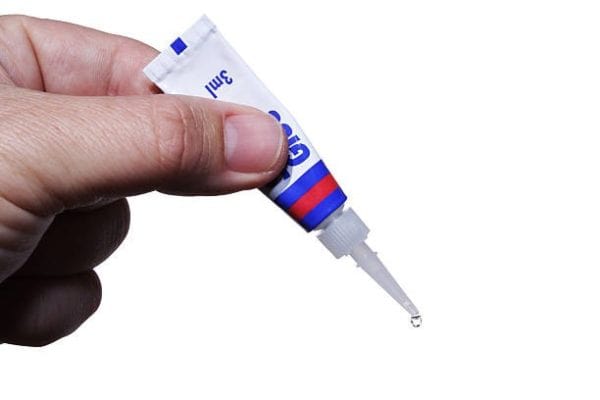In the world of manufacturing, precision meets durability and so selecting the appropriate adhesive is crucial. Imagine selecting the optimal glue for book production or finding the right adhesive, like this type of adhesive, for furniture assembly.
Each decision affects product quality and durability and so a deep understanding of various adhesive types is essential to ensure everything stays perfectly bonded.

Understanding Different Industrial Adhesives
Industrial adhesives are diverse, classified based on their chemical properties and uses. The main categories include water-based, hot melt and solvent-based adhesives. Water-based adhesives are favored for their safety and easy handling, characterized by low odor and simple clean-up.
Conversely, hot melt adhesives solidify quickly to form durable bonds, making them suitable for fast-paced environments like packaging and woodworking. Solvent-based adhesives, powerful and durable under extreme conditions, require careful handling due to their volatility and health risks.
In addition to these main categories, there are also specialized adhesives designed for specific industries or applications. For example, in the automotive industry, structural adhesives are used to bond metal parts together, providing strength and durability under high stress conditions. In the electronics industry, meanwhile, conductive adhesives are used to attach components to circuit boards, ensuring electrical conductivity and a secure bond. Understanding the unique properties and requirements of each industry is key to selecting the right adhesive for the job.
Evaluating Adhesives for Your Specific Project
Selecting the appropriate adhesive for a manufacturing project involves understanding the materials involved and the environmental conditions they will face. This includes considering the operational stresses and the temperature ranges the products will endure.
Such detailed evaluation often requires conducting tests to see how a chosen adhesive performs under varied conditions. For example, while water-based adhesives may be ideal for indoor paper products, outdoor signs require solvent-based adhesives to withstand harsh weather.
Leveraging Technology in Adhesive Applications
As technology evolves, so does adhesive manufacturing. Current innovations emphasize sustainability, leading to the creation of bio-adhesives.
What’s more, automation has revolutionized adhesive applications. Robots ensure accurate application, improving product consistency and quality while minimizing waste. The future may bring smart adhesives that adjust their properties in response to environmental changes, which would be invaluable for dynamic sectors.
Wrapping Up
From assessing material compatibility to integrating cutting-edge technological advances, selecting the right adhesive involves planning for both current and future requirements.
For any manufacturing task, from bookbinding to furniture assembly, the ideal adhesive does more than just connect parts but also boosts the entire product’s functional life and suitability for intended use.
 Gearfuse Technology, Science, Culture & More
Gearfuse Technology, Science, Culture & More


